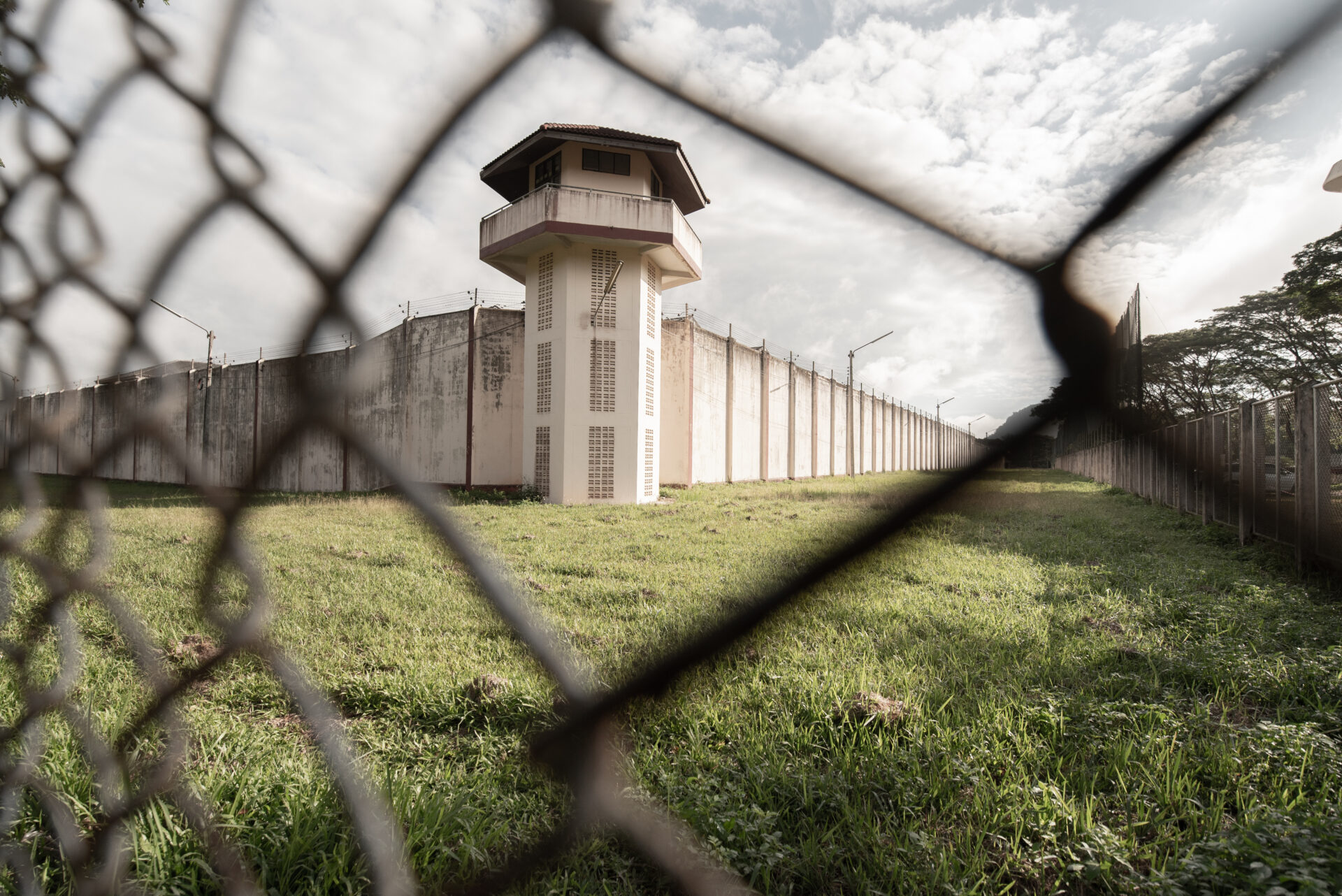
Security Lapses Put Maxwell Prison at RISK!
Gunfire outside the Federal Prison Camp in Bryan, Texas—home to Ghislaine Maxwell—has sparked a major security review amid fears of gang threats to high-profile inmates.
At a Glance
- A gang shootout occurred just outside FPC Bryan, Texas, on August 9
- Ghislaine Maxwell and all inmates remained unharmed
- Local police and Texas Rangers are leading an active investigation
- Increased security measures have already been implemented at the prison
- The incident raises policy questions over housing high-profile inmates in low-security facilities
Incident Overview
Early Saturday morning, multiple gunshots were fired during a gang-related confrontation just outside the perimeter of the Federal Prison Camp (FPC) Bryan. Although no injuries occurred inside the facility, the proximity of the violence to a minimum-security institution housing a globally known inmate has triggered immediate security concerns.
Law enforcement quickly secured the area, with the Bryan Police Department and Texas Rangers launching an investigation to identify the individuals involved. Former corrections officials, including ex-supermax warden Robert Hood, characterized the event as highly unusual for minimum-security prisons. Such facilities, often nicknamed “country club” prisons, typically house non-violent offenders and rely on less restrictive perimeter measures.
Watch now: What did Maxwell tell the DOJ?
Security Implications
FPC Bryan’s security protocols are now under intensified review. While the Federal Bureau of Prisons (BOP) maintains operational authority, the incident has prompted collaboration with local law enforcement to prevent further threats. Additional measures—including increased patrols, controlled access to nearby roads, and expanded surveillance—are already in place.
The presence of Ghislaine Maxwell, transferred from a higher-security Florida facility in August 2025, has drawn sustained media coverage. Her exclusion from certain inmate programs earlier this year further spotlighted her unique status within the prison. Now, with gunfire erupting near the property, both staff and residents of Bryan are voicing concerns over whether minimum-security settings are appropriate for housing high-profile inmates potentially targeted by external threats.
Investigation and Stakeholders
Authorities continue to review security footage and gather witness statements. No arrests have been announced, and the motive behind the shootout remains unclear. The Bryan Police Department and Texas Rangers have urged the public to provide any relevant information, emphasizing the need for community cooperation.
Key stakeholders include prison staff, local residents, and federal officials responsible for inmate placement policies. Experts such as Larry Levine of Pink Lady Prison Consultants highlight that FPC Bryan’s dormitory-style housing, designed for greater inmate autonomy, contrasts sharply with the needs of high-security-risk individuals. The event has reignited debate over whether notoriety itself should be considered a factor in determining prison security classification.
Policy and Long-Term Outlook
In the short term, the prison faces operational disruptions as enhanced security protocols take effect. In the longer term, this incident could influence federal policy on the housing of high-profile inmates, potentially leading to more restrictive placement standards or enhanced protective measures at lower-security institutions.
The cost of heightened security and ongoing investigation may strain both federal and local budgets. Socially, the incident feeds into broader concerns about gang violence in Bryan, a city with a documented history of such activity. Whether the shootout was directly related to the prison or simply a symptom of the local crime environment, it has intensified scrutiny of the balance between rehabilitation-focused incarceration and security obligations for prominent detainees.
Sources
Reuters
Associated Press
Houston Chronicle


